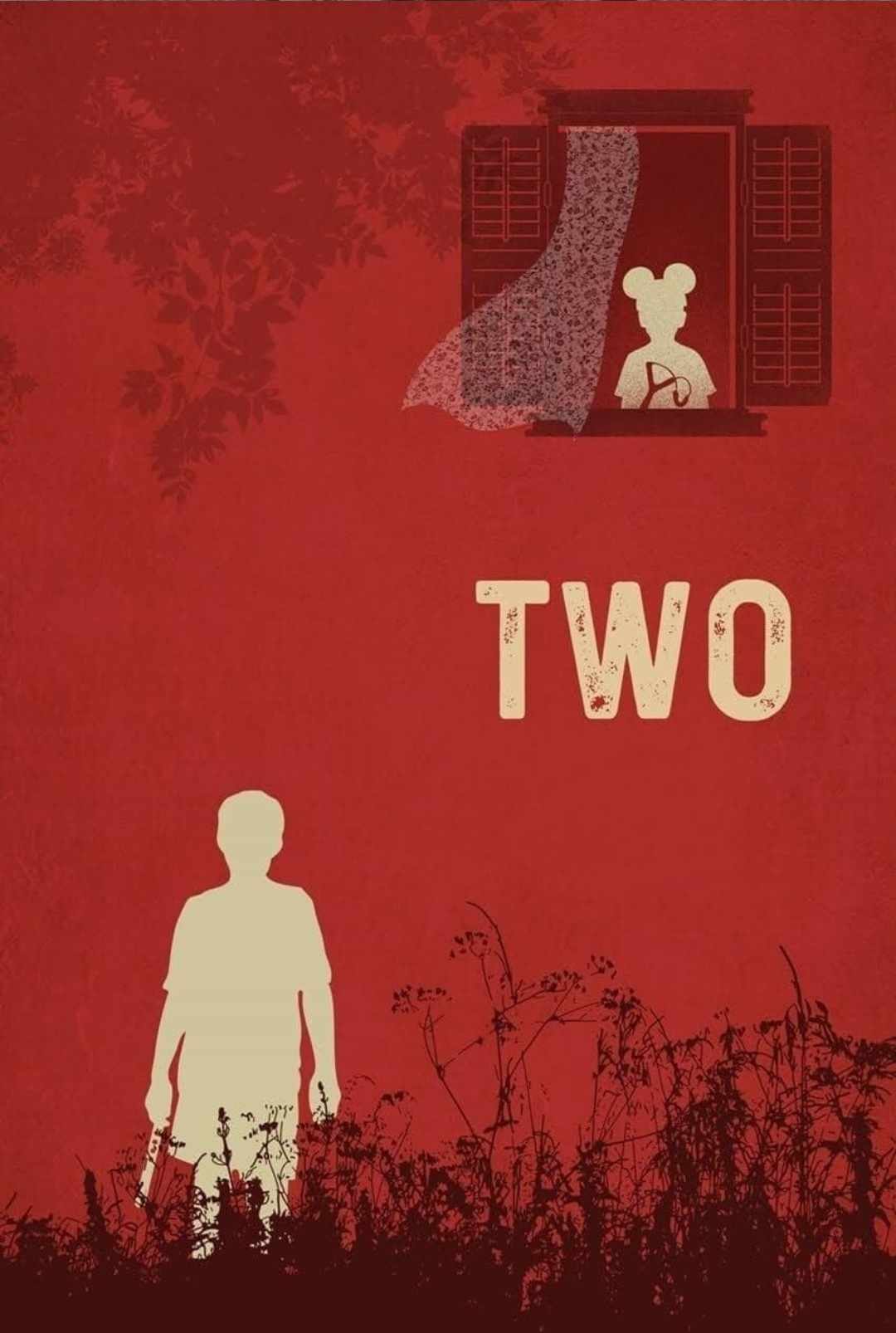
Born into a Syrian Christian family, my childhood was shadowed by the artistic revelations of the Church and the theatrics that followed. When I say "theatrics," it is not out of mockery, but rather from a place of reverence for what I always adored in its culture. The prayers in unison, the rhythmic beats(both odd and even), worship dresses stitched with history, and the colors spread across architecture, all ignited in me a profound passion for the art it reflected.
The Color of Pomegranates, directed by Sergei Parajanov, narrates the life of Armenian poet and musician Sayat-Nova with exotic visual poetry and a unique narrative style. For many, it is an experiment on the biographical genre, for me, it opened an unrevised door to my childhood, to the theatrics of the religious common.

The film is rich in Catholic Christian imagery and symbolism, reaching its visual and spiritual peak in the chapter depicting Sayat-Nova’s life as a monk. Echoed by the music of worship, it journeys through various Christian ceremonial episodes. Parajanov masterfully crafts a poetic and theatrical dynamic where architecture, costume, music, theatre, and nature converge. This very tone reminded me of the Church I grew up in, because the art I relate to shares the same depth and rhythm.

I remember getting so excited about Good Friday, reminiscing about all the rituals that were about to unfold on that day. The common Good Friday includes various prayers and the visualization of Jesus’s crucifixion. From the circumambulation to drinking the sour drink called kaypuneer, the whole day represents how the rituals are threaded in emotions and art. This close relationship between religion and art often makes it more relatable and understandable to common people, as art has always been the common medium that breeds cultures and companionship. Here, it explores all kinds of sensory experiences, ranging from vision to taste.

The Church and its architecture are composed of different cultures, dipped in every color that meets the eye. Sometimes, it narrates the Bible to the common folk; leaving them unattended during the Holy Mass. The auditory experience is shaped by the rhythms of maracas and the proud tolling of the bell. The sense of touch comes alive through the full-handed handshake shared among all, as a gesture of peace and unity. The smoke and fragrance of frankincense (kunthirikkam) gently wrap believers in a veil of spirituality. And finally, the taste of the wine and bread, purified as the body and blood of Jesus.
The whole Church experience is so poetic, that all the alliteration and repetitions always keep me in awe of these traditions rooted deep in art, creating artists and art enthusiasts for centuries.













Write a comment ...